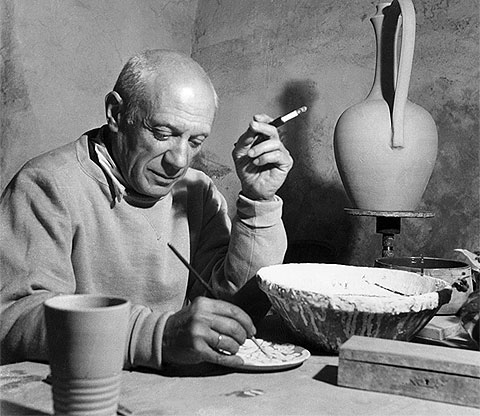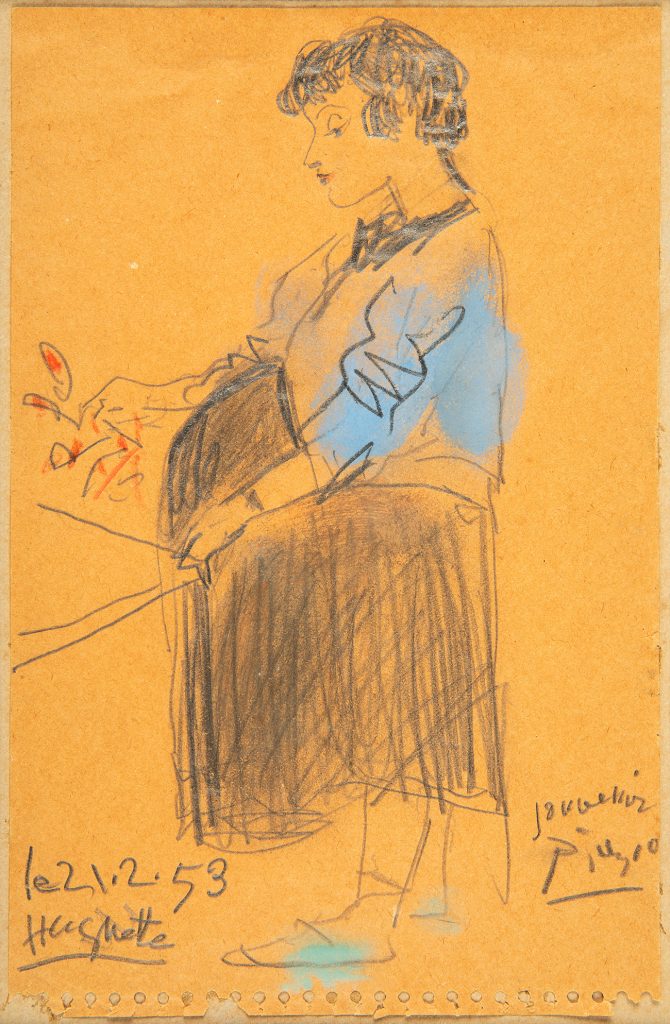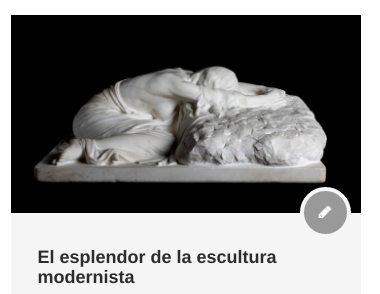Picasso, the portrait as a personal diary
If there is a genre in which Picasso turned his most intimate side, it was undoubtedly the portrait. Well, it was always the people closest to him who would make up a gallery of portraits that, seen through the rear-view mirror of his history, reveal much of the vicissitudes or joys through which the painter from Malaga was passing at that time.
Unlike so many other artists, Picasso never gave in to official portraiture. He did not let the commissioning of portraits taint the frankness of his vision, for this genre was like a visual diary to him. Thus, it would always be friends and friends, lovers and wives, those who would pose for the painter, and through those features (sometimes passed through the sieve of cubist disfigurement; other times, caricatured with tender irony) they would betray us the type of An intimate battle that was being waged between the two in the tumultuous life of the artist.
The evolution of his work, its different stages, were captured in emblematic portraits: see those of Carlos Casagemas and that of Jaume Sabartés in his melancholic blue age, or the cubist experiments with Jacqueline’s face, the expressionist unfoldings of Dora Maar (in those who have wanted to read an omen of dementia)… Always surrounded by poets, musicians and writers, figures such as Jean Cocteau, Erik Satie, Igor Stravinski, Guillaume Apollinaire… would also be radiographed by Picasso’s sharp gaze.

The figure represented in the drawing that Setdart is putting out to tender these days (lot 35028653) is the young Huguette, the niece of Suzanne Douli, who together with Georges Ramié had founded the Madoura workshop in Vallauris. Since Picasso discovered in 1946 the ceramics with its great style in Vallauris, this town became a true place of worship for the people of Malaga. This was where he met Ramié and Suzanne’s workshop, where in the fifties he indulged in a frenzied production that gave birth to more than two thousand ceramic pieces in one year.
The long periods he spent in the French city, where he lived until 1955, led him to establish a close relationship with the heirs of such an important ceramics saga: Jean Ramié, son of the Ramié-Douli couple, who joined the team of Madoura in 1951, and Huguette, who regularly collaborated in the enameling and finishing of the pieces. The ties between Picasso and the younger generation of the Madoura grew closer. In fact, Jaqueline Roque, a close friend of Huguette, would become the artist’s last wife, in 1961.
Witness to the happy stays of Picasso de Vallauris are the drawings he made of the Ramié family. In the one we are dealing with, resolved with the agile and sketched line characteristic of Picasso, Huguette is portrayed full-length and in profile, her belly bulging. She was pregnant with Domenique. In this candid and frank image of the pregnant friend, Picasso surrenders himself, without external pressure, just as he feels.






